Field-Programmable Gate Array
Field-Programmable Gate Array
Understanding the Field-Programmable Gate Array in Bitcoin Mining
If you are a newbie to the world of Bitcoin mining, you've probably come across a term that has left you scratching your head: the Field-Programmable Gate Array or FPGA. Even its name sounds complex, but don't be deterred. This technology plays a vital role in the process of Bitcoin mining, and we're going to break everything down for you.
The Definition of Field-Programmable Gate Array
The Field-Programmable Gate Array (FPGA) is a configurable computing device. In simple terms, it’s a piece of technology that you can program according to your needs. Born from the combination of the flexibility of software and the performance of hardware, FPGAs are circuit boards that can be rewired with digital logic blocks. They offer a balance between the raw processing power of Application Specific Integrated Circuits (ASICs) and the flexibility of general-purpose processors (GPPs).
Field-Programmable Gate Array's Role in Bitcoin Mining
In the context of Bitcoin mining, a Field-Programmable Gate Array does the heavy lifting. As a miner, your job is to solve complex mathematical problems. These problems help verify transactions on the Bitcoin network. The FPGA is the hardware that performs these calculations. Compared to a typical processor, it can solve these math problems a lot faster. That speed translates into more Bitcoins mined.
Benefits of Using Field-Programmable Gate Array
FPGAs bring a list of advantages to Bitcoin mining. They provide higher performance than CPUs and GPUs when it comes to Bitcoin mining. Furthermore, they consume less power compared to these other alternatives. Finally, FPGAs’ flexibility is another major benefit – you can reprogram them as your needs change, keeping your operations fresh.
Drawbacks of Field-Programmable Gate Array in Bitcoin Mining
However, it’s not all sunshine and roses with FPGAs. The initial investment for Field-Programmable Gate Array can be high. Not to mention, they require a certain level of technical expertise to program and maintain. While FPGAs were a mainstay in Bitcoin mining in the earlier days, the onset of ASICs – devices even more specialized in Bitcoin mining – led to their decreased usage.
Conclusion: Is Field-Programmable Gate Array Right for Your Bitcoin Mining Endeavors?
Deciding if a Field-Programmable Gate Array is right for your Bitcoin mining operation comes down to your unique situation. If you are energy-conscious, possess the required technical skills, and are willing to make the investment, an FPGA could suit your needs. But as technology progresses, ASICs might be a more efficient – though less flexible – option.
Blog Posts with the term: Field-Programmable Gate Array

Crypto mining on Windows is popular due to its user-friendly interface, software compatibility, and strong community support. This article reviews top crypto mining software for Windows like Cudo Miner and NiceHash, highlighting features such as automatic coin switching, overclocking capabilities,...
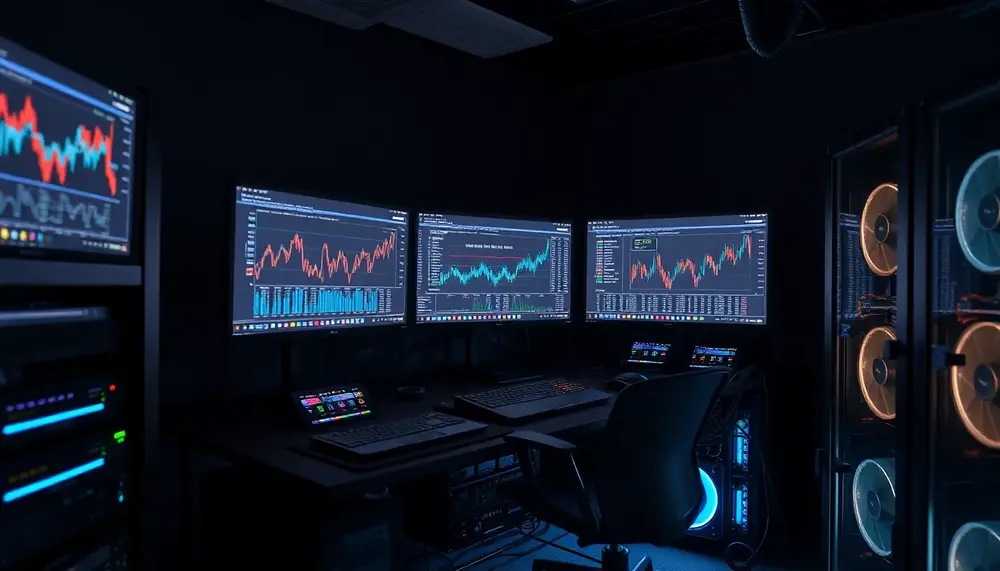
The article provides a guide to setting up crypto mining on Ubuntu, highlighting its stability, security, and community support as advantages while detailing steps for installation, necessary software like CGMiner or Ethminer based on the cryptocurrency type, and hardware optimization...

Crypto mining has evolved from a niche hobby to a global industry, characterized by technological advancements like ASICs and trends such as renewable energy adoption and decentralization. Despite its growth, the industry faces challenges including high energy consumption and regulatory...
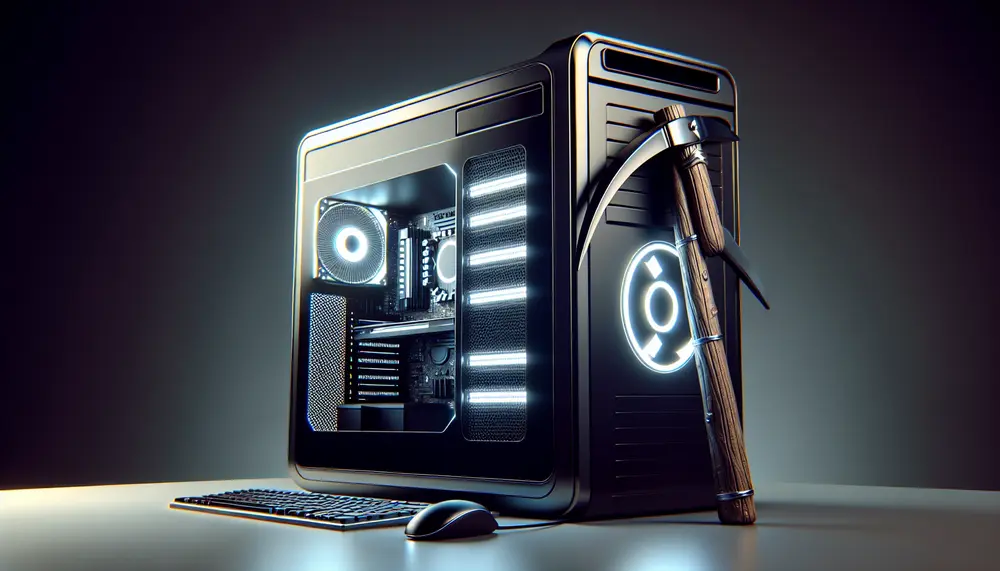
Kaspa Mining utilizes blockDAG technology for faster transactions and scalability, with a mining algorithm that promotes hardware inclusivity and decentralization. The project is community-driven without ICOs or pre-mining, featuring a unique monthly halving emission schedule to reduce market volatility. Selecting the...

Crypto mining yield refers to the amount of cryptocurrency earned through mining activities, influenced by factors like hash rate, network difficulty, block reward, electricity costs, and pool fees. To maximize yield, focus on selecting the right hardware (ASICs for Bitcoin...
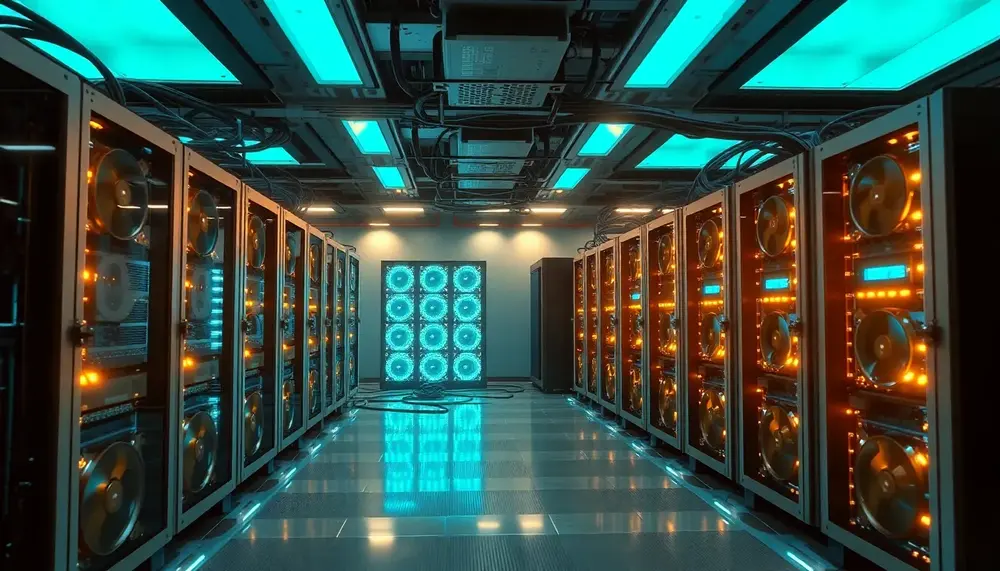
Hashrate is crucial in cryptocurrency as it determines the speed and security of mining operations, with higher hashrates enhancing network robustness against attacks while improving mining efficiency. It is measured in hashes per second (e.g., MH/s, TH/s) and its global...
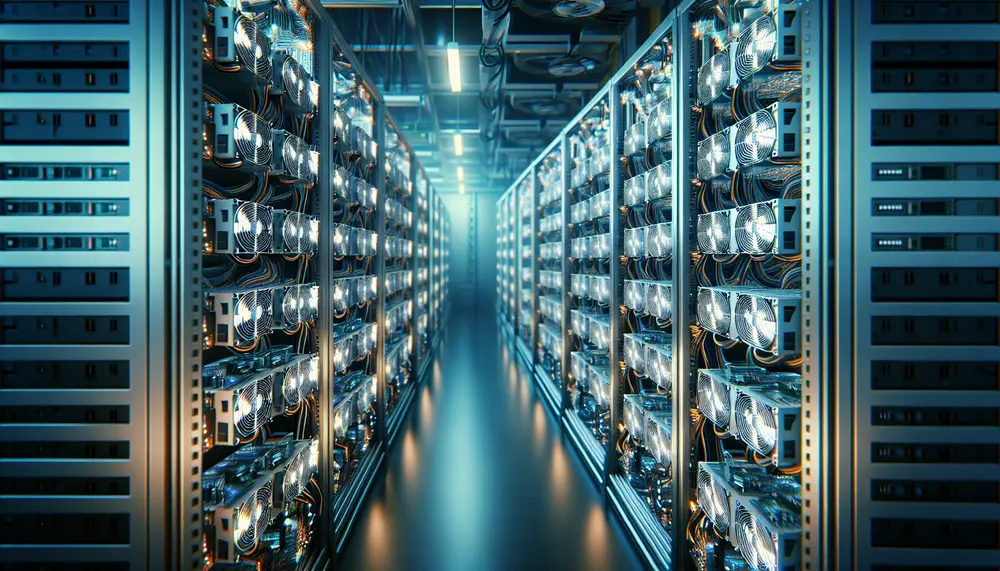
The article provides a comprehensive guide on optimizing Flux mining settings, covering key parameters such as hash rate, power consumption, temperature management, and network difficulty. It also discusses selecting optimal hardware like GPUs, FPGAs, ASICs, and cooling solutions while offering...

This guide simplifies the process of starting Iron Fish coin mining, covering essential topics such as understanding mining basics, choosing appropriate hardware, setting up a digital wallet, joining a mining pool, and configuring mining software. By following these steps, beginners...
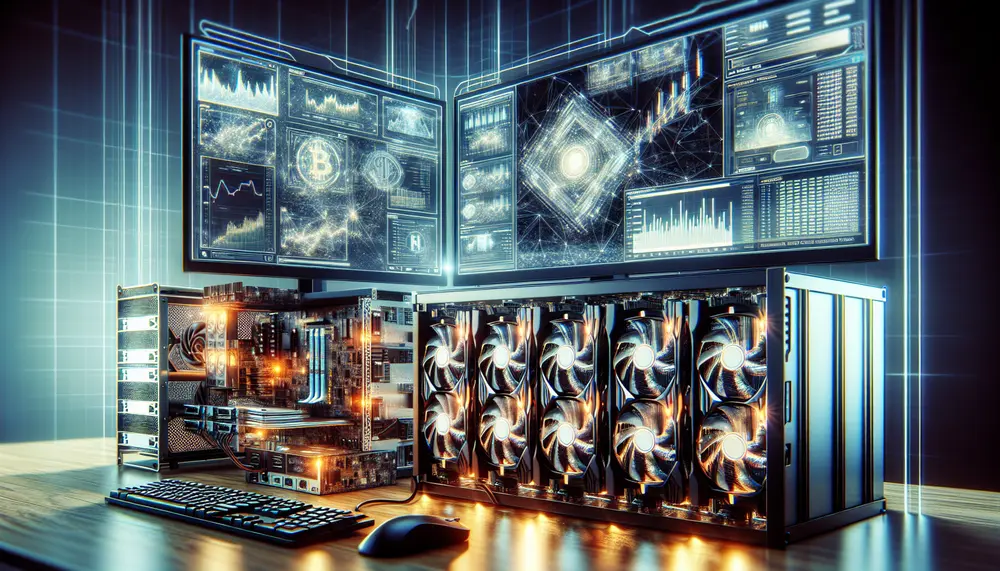
Grin mining, which uses the Mimblewimble protocol and Cuckoo Cycle proof-of-work algorithm, is best performed with GPUs due to its ASIC-resistant design. Profitability depends on factors like hardware costs, electricity rates, Grin's market price, network difficulty, and whether you choose...
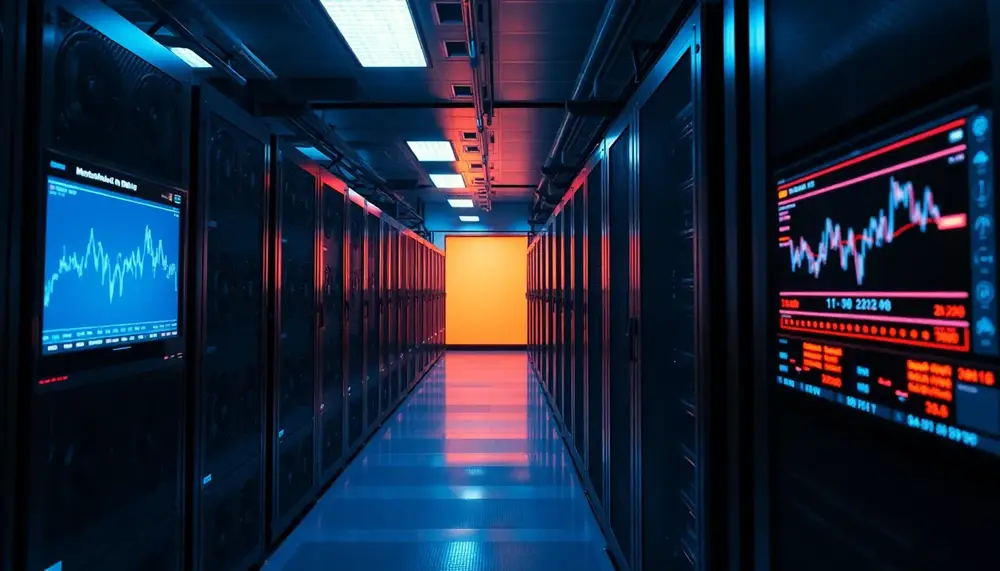
Bitcoin mining is a decentralized process where miners use computational power to solve cryptographic puzzles, securing the Bitcoin network and earning rewards; it involves various hardware types like CPUs, GPUs, FPGAs, and ASICs. Mining difficulty adjusts every 2,016 blocks to...

Cryptocurrency mining involves using powerful computers to solve complex puzzles, generating new coins and verifying blockchain transactions, ensuring network security. Miners use specialized hardware like GPUs and ASICs for efficient mining, facing challenges such as high energy consumption and increasing...
